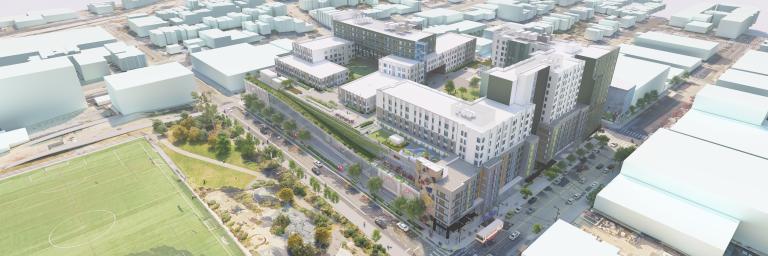Joint Development involves a developer using SFMTA property for non-SFMTA uses. Housing and commercial development are common uses. Joint Development can bring new benefits to the community, to the SFMTA and to developers. A strong Joint Development policy is necessary for the future success of the program. Joint development will help address the future financial needs of the SFMTA.
Visit the potential sites for Joint Development using this Interactive Tool.
SFMTA's Jurisdiction over Public Land
San Francisco has a significant amount of public land. Public land serves the public good. Libraries, parks, fire stations, schools, and Muni's bus yards all sit on public land. These buildings serve core government functions. The SFMTA has jurisdiction over 110 acres of land at over 90 properties throughout the San Francisco. SFMTA land includes facilities like:
- Bus yards
- Parking garages
- Surface parking lots
Many of these facilities are aging and deteriorating. For example, Muni's Potrero and Presidio bus yards are both over 100 years old. Many Muni bus yards need to be rebuilt to serve transit needs of the 21st century. Opportunities to rebuild are rare and should be forward-thinking.
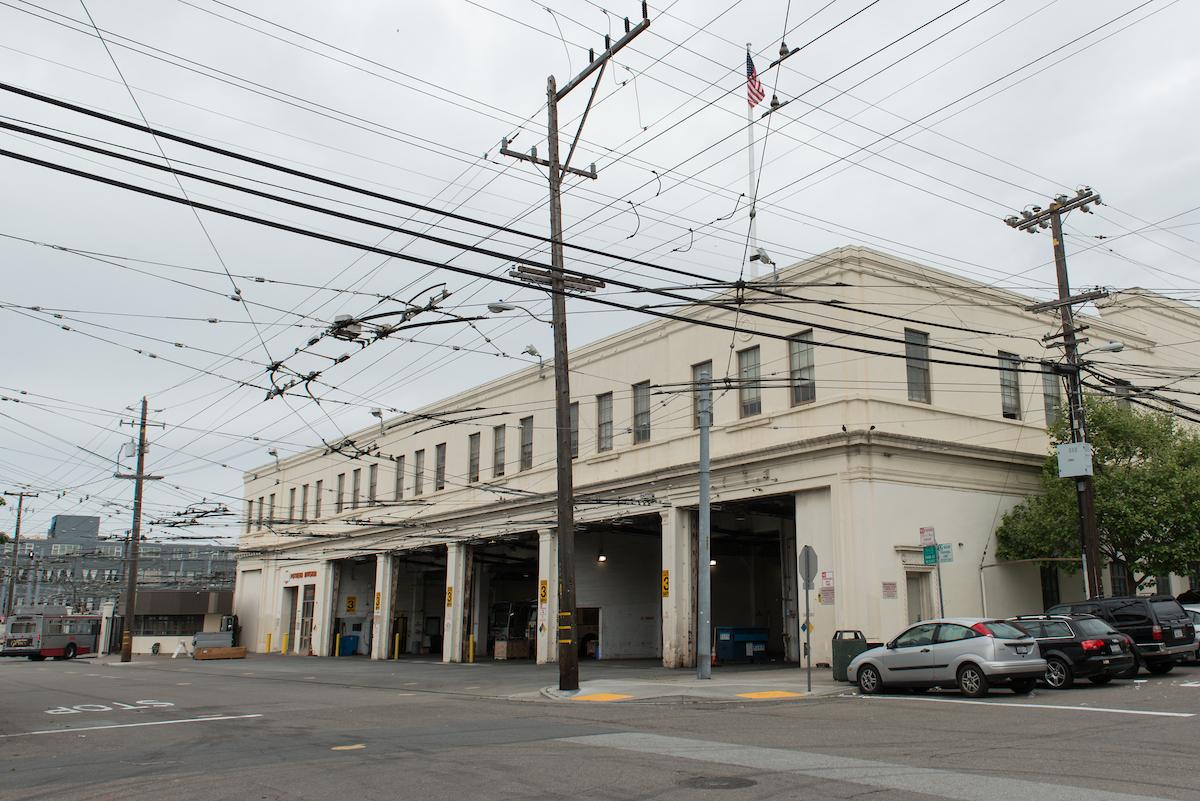
Built in 1915, Muni's Potrero Yard is obsolete and long past its lifespan. It is being rebuilt and modernized through the Potrero Yard Modernization Project. The design includes joint development with affordable family housing and opportunities for commercial retail and concessions.
Addressing Challenges through Joint Development
Many transit agencies face significant fiscal challenges. The SFMTA must address its budget gap now and over the long-term. Federal and state relief funds helped the SFMTA get through the COVID-19 pandemic. However, these funds expire soon.
Adequate housing near jobs is another challenge, especially in the Bay Area. The regional housing market forces many workers to live far from their work, causing many to drive long distances and stressing the transportation system. Downtown San Francisco is also seeing less activity since the Global pandemic.
Joint Development is part of a strategy to address these challenges. The SFMTA can generate new revenue with its existing real estate. By law, new revenue must be re-invested into our transportation system. Affordable and reliable public transit is vital to a thriving and equitable city. Joint Development is an essential strategy in funding future transit in San Francisco. It also helps the City meet its housing and downtown goals.
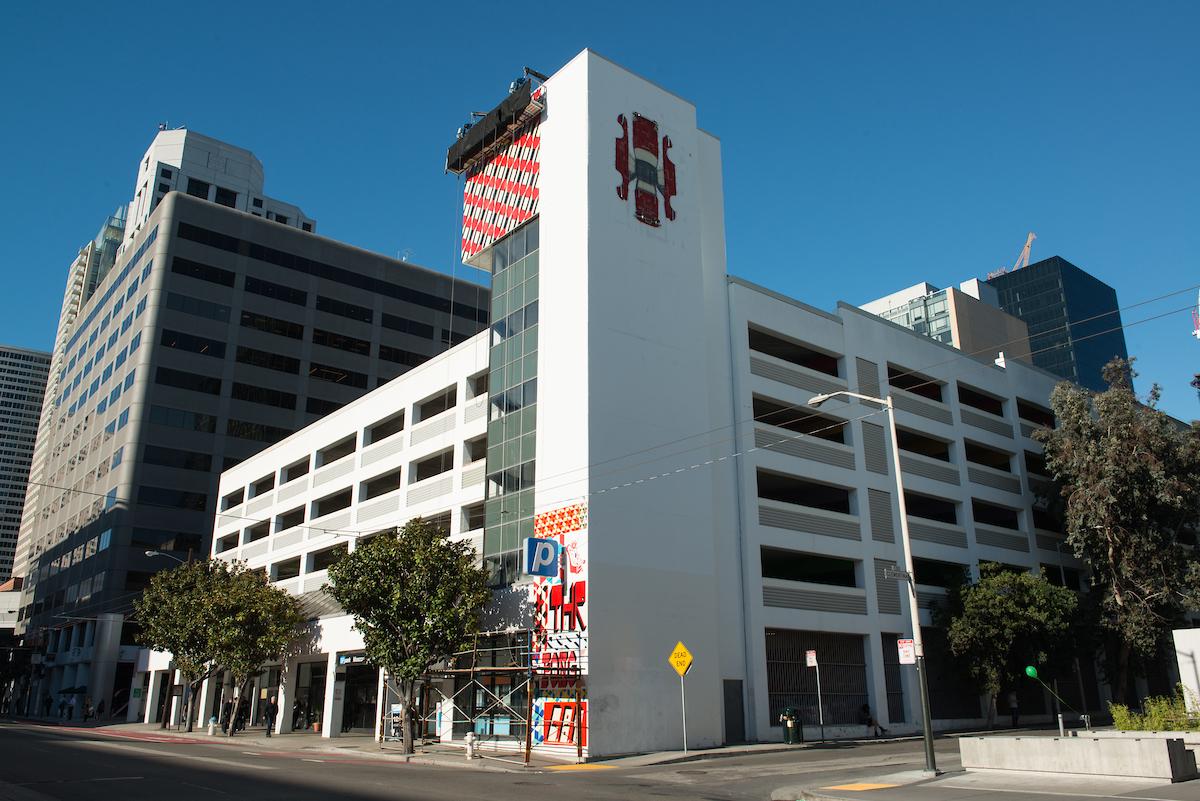
The SFMTA's Moscone Center Garage is included in the draft SFMTA portfolio of potential joint development sites. This site has the potential to help re-activate the area and bring in more foot traffic to downtown.
Joint Development Goals, Policy and Portfolio
Program Goals
Joint Development uses private investment to:
- Maximize Public Good. Generate long-term revenues to improve our transportation system.
- Create Inclusive and Well-Connected Communities. Create development projects that foster inclusive-communities and improve access to opportunity and resources.
- Build Sustainable and Resilient Projects. Build development projects that improve working conditions for SFMTA staff, use green and resilient practices and reduce Vehicle Miles Traveled and greenhouse gas emissions.
Policy and Portfolio
The Joint Development policy will guide the SFMTA as it considers future development. The policy sets up a portfolio-wide approach to Joint Development. It also outlines the process and potential timeline for development.
The portfolio map shows the best potential sites to advance Joint Development Program Goals. The SFMTA considered the following factors in developing its portfolio of potential joint development sites:
- The property’s existing condition, use and constraints
- Neighborhood and site context
- Development potential
Map of Potential SFMTA Joint Development Sites
The map displays SFMTA properties that have the potential to advance SFMTA Joint Development Program goals through future joint development projects.
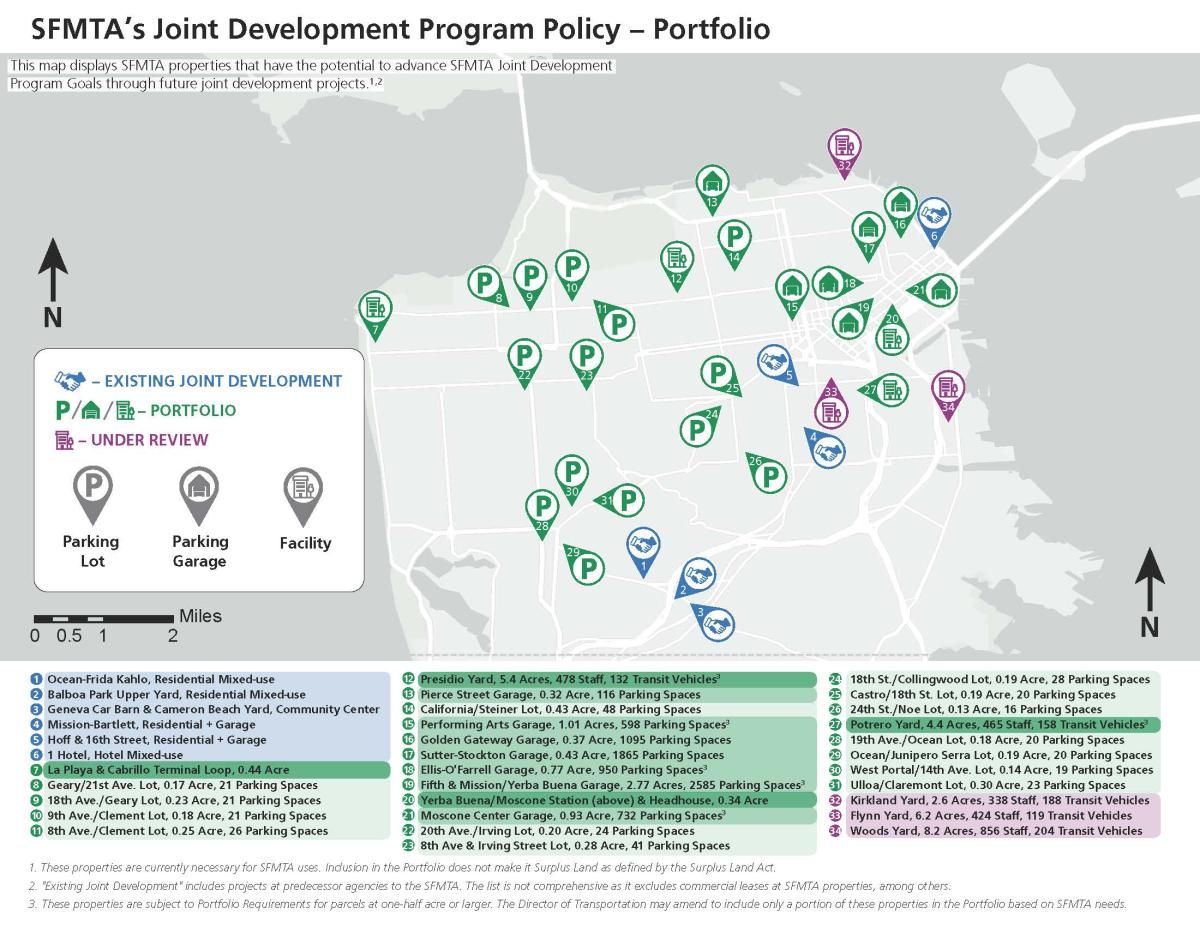
(Accessible Version of Draft Map of Potential SFMTA Joint Development Sites)
These properties are currently necessary for SFMTA uses. Inclusion in the Portfolio does not make them Surplus Land as defined by the Surplus Land Act.
Each site requires further evaluation. Each site would also go through a public engagement process and many city approvals before breaking ground. Future Joint Development projects will be subject to applicable project-specific approvals, including but not limited to environmental reviews and compliance with federal, state and local regulations as applicable.
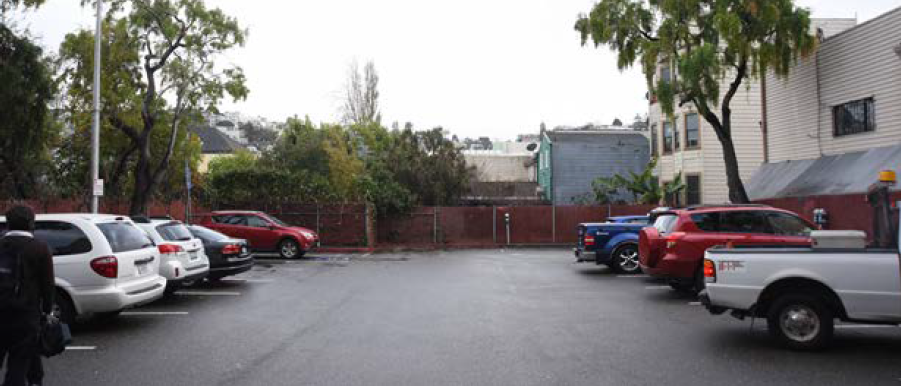
The SFMTA parking lot at 455 Castro Street is included in the draft SFMTA portfolio of potential joint development sites.
We encourage you to learn more about any particular site in the Joint Development portfolio. To learn more about our flagship bus yard project, we recommend reading about the Potrero Yard Modernization Project.
Engagement on Goals and Policy
The SFMTA consulted with a range of stakeholders in the drafting and eventual adoption of the Joint Development Policy.
- Interviews with other transit agencies (BART, WMATA, VTA) to learn from their experiences
- Policy workshop of subject matter experts
- SFMTA Board of Directors Public Hearings to solicit input from board members and the public
- Engage the Muni Funding Working Group on strategies to prioritize in the Policy to fund Muni
On October 15th, 2024, SFMTA staff introduced the Goals and Policy at the SFMTA Board of Directors meeting. At the Adoption hearing on February 4th, 2025, the SFMTA Board unanimously adopted the Goals and Policy. Also on February 4th, Supervisor Melgar introduced a Board of Supervisors resolution in support of the SFMTA's Joint Development Program Goals and Policy with Supervisors Engardio, Dorsey, Mahmood, and Sauter as co-sponsors. On March 4th, the Board of Supervisors unanimously adopted the resolution following the unanimous recommendation of support from the Land Use and Transportation Committee at its February 24th meeting
The SFMTA will continue outreach on the program. This includes engagement on an evaluation of properties in line with the Board of Supervisors resolution, a strategic plan that will identify priority properties for joint development over the next few years, and guidelines that will provide detailed advice on aspects of the program. The SFMTA and/or its development partners will also conduct outreach on subsequent joint development projects.
